Charcuterie
Tucking into a “planche mixte” – a board of various processed meats and cheeses (fromage and charcuterie) – is one of the highlights of French dining.
But a warning from the French national agency of food and health safety ANSES might put you off that last bit of saucisson.
They recently stressed the “necessity to considerably reduce” French consumption of charcuterie, such as jambon, saucisson and bacon which were all deemed to have carcinogenic (cancer-causing) properties, by the World Health Organisation (WHO) in 2015.
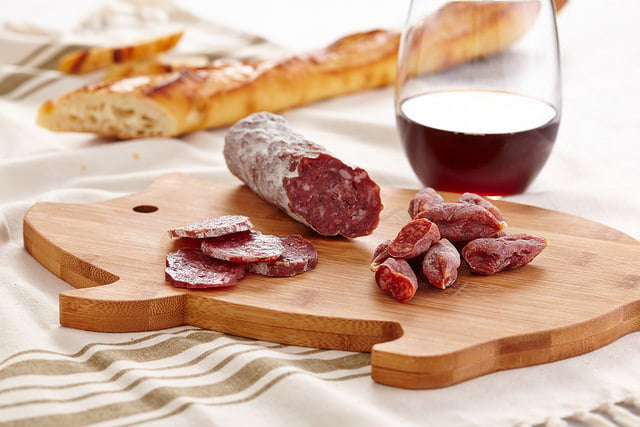
Photo: Shari's Berries/Flickr
Foie Gras
Although the controversial French liver paté has a low carb-content, this doesn't necessarily mean you should be spreading it over every meal.
Around 85 percent of the calories that foie gras does contain are from fat, reports the Medical Daily.
The process of force-feeding the duck or goose also leads to an excessive amount of amyloids (protein deposits) in the liver that researchers have linked to the disease amyloidosis.
Nutella Crêpe
Let's be honest, no one buying a Nutella crêpe is thinking its going to be one of their five fruit and veg a day, but aside from the obvious sugar and fat involved, the-on-the go treat might have some nasty surprises.
At the start of 2017 the maker of Nutella was embroiled in a row over the use of palm oil in its famous chocolate spread.
According to food authorities such as European Food Safety Authority (EFSA) palm oil was potentially carcinogenic once refined, compared to other vegetable oils.
But don’t boycott your crêpe stand just yet, the EFSA is yet to recommend not eating it.
.jpg)
Photo: snowpea&bokchoi
Steak Frites
The French may be less inclined to pick this restaurant classic of steak and chips now that ANSES have recommended eating no more than 500g of red meat a week, or perhaps after a 2015 WHO study linked red meat to an increased risk in developing cancers.
The “frites” are also likely to have been fried in saturated fats which we all know aren’t great for our health either.
Baguette
It’s not only the French fondness for cigarettes that could increase your risk of lung cancer, but also the French baguette.
A comprehensive American study found in 2016 that eating foods with a high glycemic index (that raise blood sugar levels quickly) could lead to a 49 percent increase in one’s risk of developing lung cancer.
The high sugar levels that come from eating refined carbs can cause an increased risk of type 2 diabetes and weight gain from the surplus of blood sugar that can go unused.
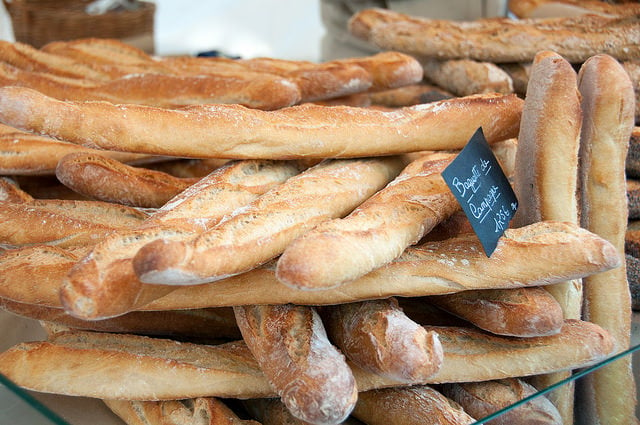
Photo: pauljill/Flickr
Quiche Lorraine
Filled with cream, milk and cheese, quiche is bursting with of dairy fat.
Unfortunately for fans of picking up a quiche or two at the boulangerie, dairy fats are worse than vegetable, polyunsaturated fats or whole grains for heart disease risk, according to the Harvard Chan School of Public Health.
Meanwhile processed bacon lardons, typical of the quiche Lorraine, are on many health organizations’ hit lists as containing potential carcinogenic contaminants.
Quiche Lorraine (seen here with spinach). Photo: Tamorlan/WikiCommons
Croque Monsieur
The cheap and cheerful café staple might not leave your doctor so happy.
White bread has a high glycemic index, which according to the Harvard Public School of health can increase your risk of weight gain, type 2 diabetes and heart disease.
Ham is also one of the foods that ANSES recommended the French to eat less of, while melted cheese can be high in cholesterol and sodium. So all round not one for every day snacking.
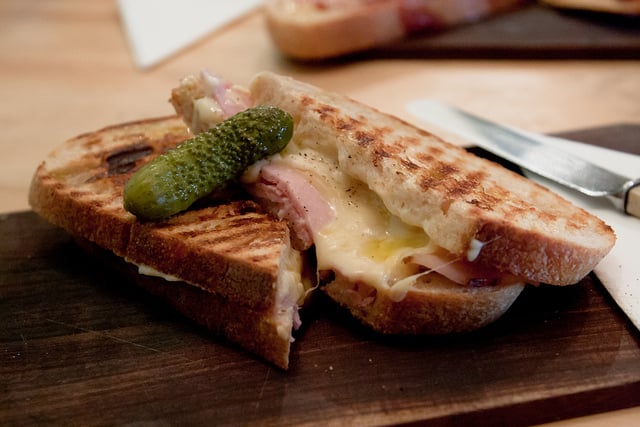 Photo: Pauline Mak/Flickr
Photo: Pauline Mak/Flickr
Wine (and beer, and spirits…)
With the availability of cheap wines in France and the abundance of bars and cafes, it's easy to get carried away with the variety of French tipples.
In 2015, France was the second biggest nation of wine drinkers (it was pipped to the post by the US).
Although links between red wine and healthy hearts are often cited, usually while swilling a glass of Bordeaux, this has only been found to be significant for women over 55 who drink very little. If that's you then good news!
While obviously not everyone who drinks will develop cancer. But whether it's wine, beer, a little or lot alcohol is one of the most well established causes of several types of cancer and cutting down can reduce your risk.
Raclette and fondue
Sales of soft “made to melt” cheese was a €202 million market in 2015. And France's appetite for the melted cheese dish raclette has been more avid than ever in recent years, growing at a 40 percent rate in between 2011 and 2015.
Some argue that cheese can have health benefits, but of plateful of the stuff, usually served with charcuterie and meats (see above) is undoubtedly not something that should be enjoyed on a regular basis.
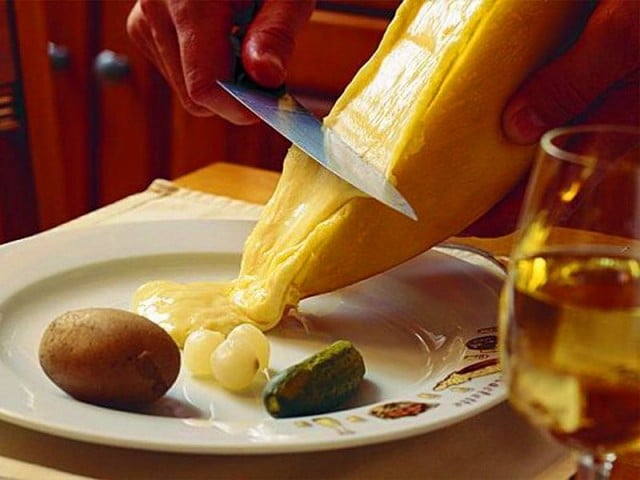 Raclette. Photo: Varaine/WikiCommons
Raclette. Photo: Varaine/WikiCommons
Le fast food
Your eyes aren't deceiving you, we really are putting fast food on this list.
France is the second most profitable market in the world for McDonald's, more French people scoff Big Macs per head than any other country outside of the US.
The French are also world champions of pizza eating, matched only by the US, consuming a whopping 819 million pizzas in 2015.
Although fast food as a treat every now and again won't kill you, thinking back to the film Supersize Me should be enough of a reminder to anyone of the stomach-churning effects over a long period of time.
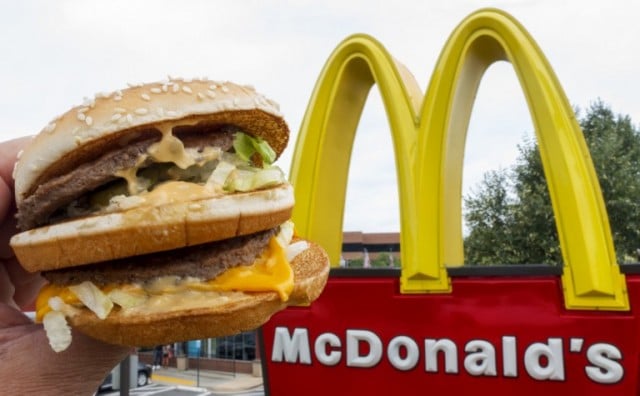
Photo: AFP
Of course, no one's telling you not enjoy all of these as treats, but perhaps think twice about having that daily croque monsieur.
By Lauren Belcher



 Please whitelist us to continue reading.
Please whitelist us to continue reading.